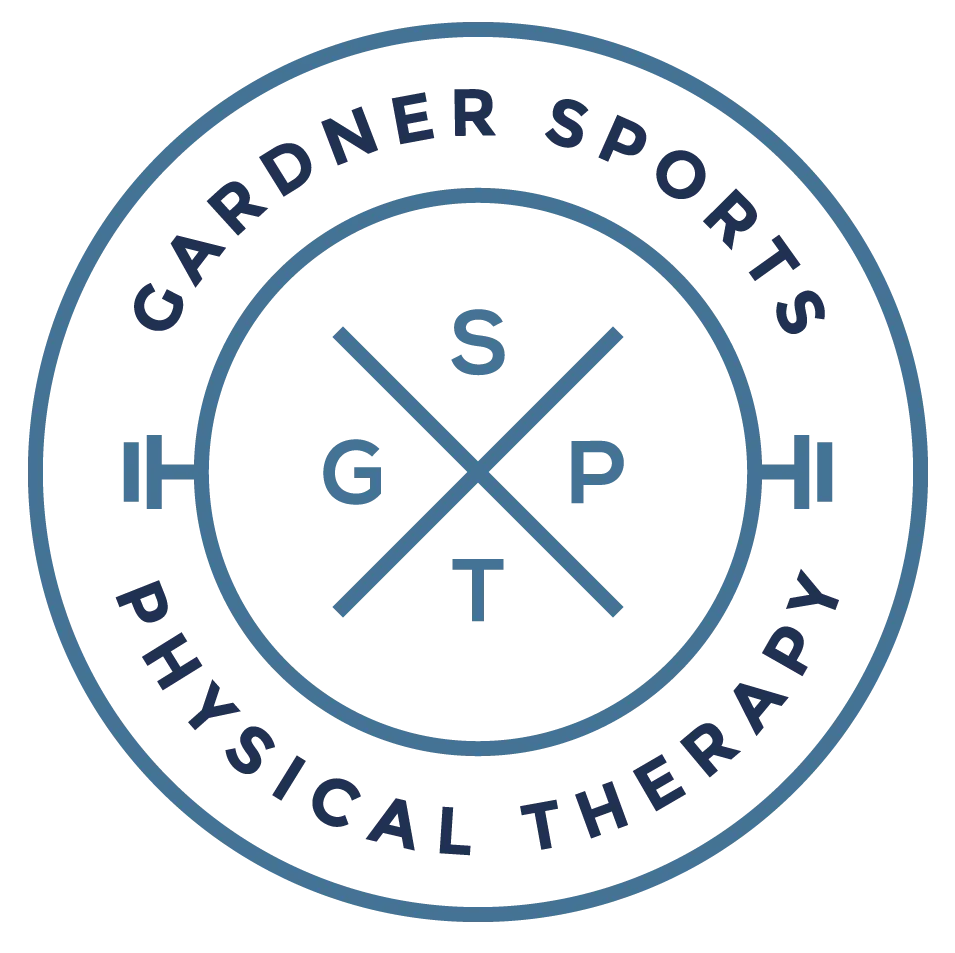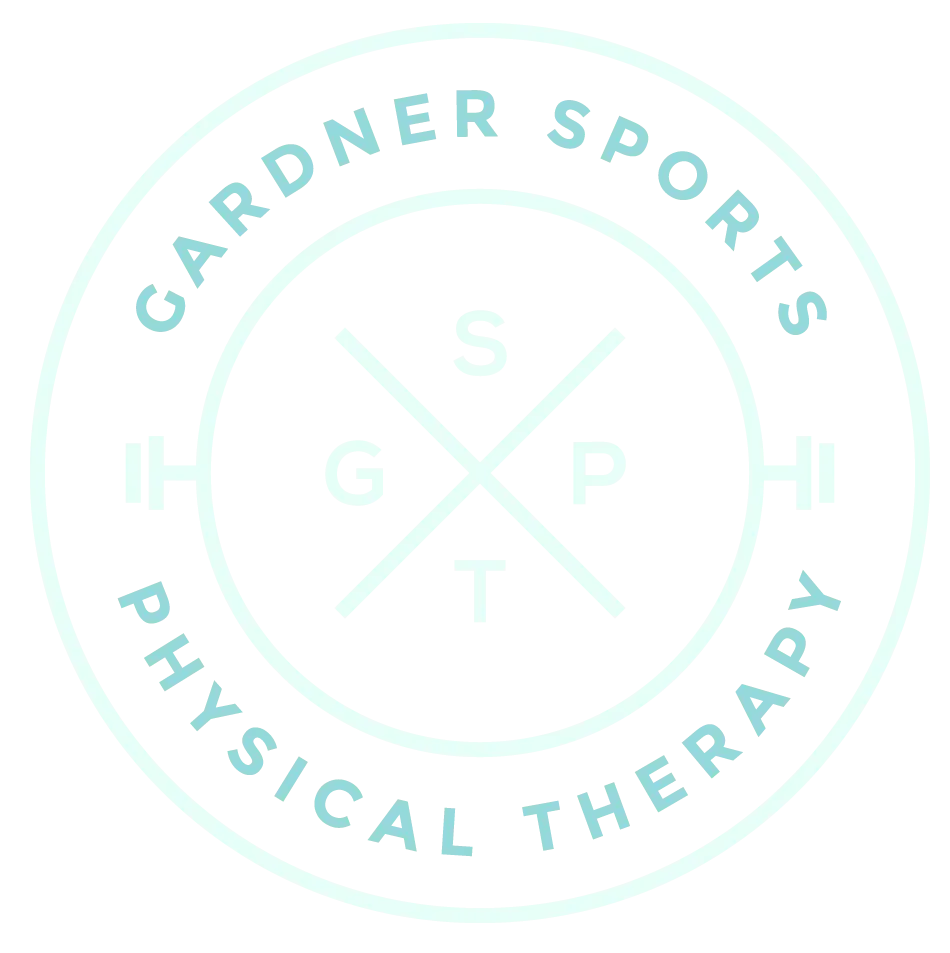What’s more frustrating than encountering outer knee pain when squatting? Explore this guide to understand the causes, diagnoses, and effective treatments for knee pain during squats.
For every fitness athlete, achieving optimal performance in squats is a critical milestone. Yet, nothing is more discouraging than experiencing lateral knee pain while attempting this fundamental exercise. Don’t let this setback hold you back any longer! In this post, we will delve into the possible causes, diagnoses, and effective treatment techniques to overcome knee pain during squats, empowering you to take control of your fitness journey and achieve pain-free gains.
Understanding Outer Knee Pain – Possible Causes

Outer knee pain, also known as lateral knee pain, is a common injury and can be attributed to various factors. Recognizing the root causes is the first step towards targeted treatment and ways to reduce knee pain. Here are some possible conditions that are often found with lateral knee pain:
Iliotibial Band Syndrome:
The iliotibial band (IT band) is a thick band of connective tissue that runs along the outer thigh and inserts into the outer part of the knee. Iliotibial band syndrome occurs when improper mechanics or overload during squats that lead to friction and irritation of the IT band against the lateral knee, resulting in pain and inflammation.
Patellofemoral Pain Syndrome (PFPS):
Commonly referred to as “runner’s knee,” PFPS occurs when the knee cap (patella) does not track properly in its groove, leading to irritation and pain around the knee. Poor squatting form or “muscle imbalances” may exacerbate this condition.
Meniscus Tears:
The menisci are cartilage pads that cushion the knee joint. Sudden twisting or repetitive stress from squats can cause a meniscus tear, resulting in sharp knee pain.
If you do have a meniscus tear, make sure to read our blog post about why physical therapy may be a safer alternative to meniscus surgery.
Ankle mobility issues:
Limited ankle mobility can lead to altered squat mechanics, causing your knees to collapse inward or your body to lean forward excessively. These compensatory movements can contribute to lateral knee pain.
Weak Glutes:
Inadequate activation or weakness in the gluteal muscles can lead to compensatory movement patterns, increasing stress on the lateral knee during squats.
Squat Technique:
It’s possible that poor form could lead to movement patterns that are limiting your squat position. It’s critical to have an experienced PT or lifting coach teach you how to achieve pain free squatting.
How are my issues diagnosed?
If you experience persistent lateral knee pain when squatting, it is crucial to seek a proper diagnosis from a qualified healthcare professional or physical therapist. Some common diagnostic tools include:
Physical Examination:
A PT will assess your squatting mechanics, range of motion, flexibility, mobility, and muscle strength to identify potential issues and imbalances.
Imaging Studies:
Orthopaedic surgeons will use X-rays, MRI, or ultrasound to provide detailed images of the knee joint, helping to rule out structural problems like meniscus tears or knee arthritis.
Gait Analysis:
A gait analysis can identify any abnormalities in your walking and running patterns that might contribute to your squatting-related knee pain.
Effective Treatment Techniques
Stretching Exercises:
Couch Stretch:
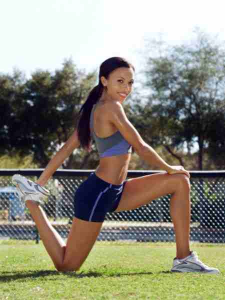
The couch stretch is a powerful stretching technique that can help reduce lateral knee pain by targeting the hip flexors and quadriceps. When these muscle groups become tight, they can contribute to knee discomfort. By performing the couch stretch, you can effectively lengthen and release tension in these leg muscles, promoting improved lower body flexibility and relieving pain in the knee joint. This increased flexibility can also lead to better squat mechanics and proper knee alignment, reducing the strain on the lateral knee during squats. Incorporating the couch stretch into your regular stretching routine can be a valuable tool in the quest for a pain-free squatting experience and overall knee health. Remember to perform the stretch mindfully and gradually, paying attention to any sensations of tightness or discomfort and adjusting the intensity as needed. As always, consulting with a healthcare professional or a certified fitness expert can ensure you are performing the couch stretch correctly and safely.
Pigeon Pose:
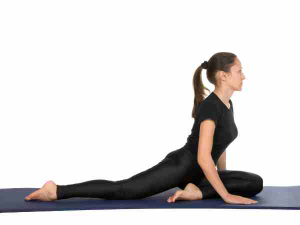
Pigeon pose, a popular yoga stretch, can be a beneficial addition to your routine to alleviate lateral knee pain. This pose primarily targets the hip flexors and the glutes, areas that can contribute to knee pain when tight or imbalanced. By assuming the pigeon pose, you can effectively stretch and release tension in these muscles, promoting greater hip flexibility and reducing strain on the knee joint. This increased hip mobility can lead to improved squat mechanics, ultimately reducing pressure on the lateral knee during squats. Incorporating pigeon pose into your regular stretching regimen can be instrumental in fostering a pain-free squat and promoting overall knee function.
Ankle Mobility Drills
Ankle dorsiflexion and lateral tibial glide are crucial for an effective squat because they contribute to proper knee alignment and overall squat mechanics. Sufficient ankle dorsiflexion allows the knees to track over the toes during the squat, reducing stress on the knee joint and promoting better stability. Lateral tibial glide ensures smooth movement of the tibia bone during the squat, enhancing the range of motion and preventing restrictions that could lead to compromised form and potential knee pain when squatting. Together, these movements enable a safe and efficient squat, maximizing its benefits while minimizing the risk of injury.
To improve ankle dorsiflexion and lateral tibial glide for better squatting mechanics, incorporating targeted stretches and exercises is essential. Begin by performing calf stretches, gently leaning against a wall with one foot forward, and the other foot back. Keep both heels on the ground and lean forward, feeling a stretch in the calf of the back leg. Additionally, practice ankle circles to improve ankle mobility in all directions.
For lateral tibial glide, try ankle mobilization exercises using a resistance band. Wrap the band around the front of the ankle joint and gently push the foot outwards against the resistance, promoting lateral movement. Regularly performing these exercises can help enhance ankle flexibility and tibial glide, allowing for improved squat depth and better knee alignment during squats. Remember to be consistent and patient with your efforts to achieve optimal results.
Self-Massage Techniques:
Foam Rolling Outer Quad:
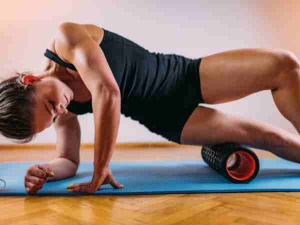
Rolling the vastus lateralis instead of the IT band is a preferable approach due to the potential risks and limited benefits associated with directly rolling the IT band. The IT band, a thick band of connective tissue running along the outer thigh, is notoriously resistant to stretching and foam rolling. Attempting to roll the IT band can often lead to discomfort, increased inflammation, and even potential injury.
The IT band is not a muscle but rather a dense fascial structure that serves as a stabilizer during movements like running and squatting. Rolling directly over this tough band can exacerbate irritation, as it may not respond well to traditional foam rolling techniques.
In contrast, focusing on the vastus lateralis provides a more targeted and safer approach to alleviate knee pain and improve mobility. This quadriceps muscle is frequently implicated in knee discomfort, and addressing its tightness through foam rolling can release tension, reduce adhesions, and promote better knee alignment.
To enhance the effectiveness of this technique, it is essential to complement foam rolling with appropriate stretching and strengthening exercises. By doing so, you can address muscular imbalances, optimize lower body mechanics, and foster knee health more effectively than solely rolling the IT band.
Patellar mobilizations:
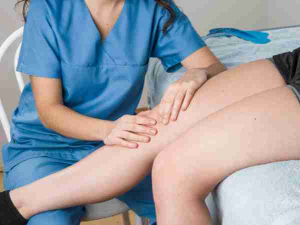
Mobilizing the knee cap regularly can promote optimal knee tracking and reduce knee pain during squats. However, it is essential to perform these exercises with care and avoid any forceful or aggressive movements that could worsen knee discomfort. If you experience knee pain or have a history of knee issues, consult with a healthcare professional or a qualified PT for personalized guidance and recommendations.
Strengthening Exercises:
Hip abduction exercises

Targeting the gluteus medius muscle, are essential for enhancing performance and reducing lateral knee pain when squatting. The gluteus medius is a crucial hip stabilizer responsible for controlling the movement of the femur during squats. When this muscle is weak or underactive, the knees may cave inward (called knee valgus), leading to less than ideal knee alignment and increased stress on the knee during squats.
Hip abduction exercises, such as lateral leg raises or clamshells, target the gluteus medius, strengthening it and promoting better hip stability. By incorporating these exercises into your workout routine, you can improve the efficiency of your squat mechanics. A strong and engaged gluteus medius helps maintain proper knee alignment, preventing any excessive inward movement and reducing the risk of lateral knee pain.
Quadriceps Exercises:
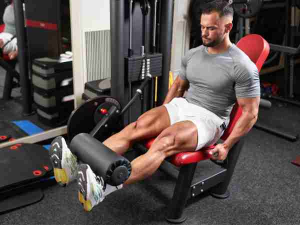
Incorporating quadriceps exercises, such as leg press or the knee extension machine, is crucial for reducing outer knee pain during squats and promoting overall knee function. The quadriceps muscles play a significant role in knee stability and proper tracking during squats. Strengthening these muscles can alleviate stress on the knee and help prevent outer knee discomfort.
Leg press and knee extension exercises are effective in targeting the quadriceps. By building strength in the quadriceps, you enhance their ability to support the knee joint during squatting movements, thus reducing strain on the outer knee.
However, it is essential to exercise caution and avoid pushing yourself to the point of patellar tendon pain or patellofemoral pain syndrome. Overloading the quadriceps can place excessive stress on the patellar tendon, leading to inflammation and discomfort. Gradually progress the intensity and volume of your quadriceps exercises to avoid overuse injuries and patellar tendon issues.
Rest and Recovery:
When it comes to recovery from knee pain when squatting, an active recovery approach can be a game-changer. While it may be tempting to resort to complete rest, active recovery strikes the perfect balance between promoting healing and preventing further knee pain.
Active recovery involves engaging in low-impact, gentle movements that stimulate blood flow and promote muscle recovery without subjecting the knees to provocative stress. Incorporating activities like walking, swimming, or cycling at a moderate pace can provide numerous benefits. These exercises not only enhance circulation but also keep the joints mobile and the muscles engaged, promoting recovery in a controlled and safe manner.
Additionally, consider modifying your workout routine to limit movements that may exacerbate knee pain. Avoid high-impact activities and exercises that place excessive stress on the knees. Instead, focus on exercises that maintain your fitness level while protecting your knees. For instance, opting for lower-impact variations of squats, such as goblet squats or box squats, can reduce the strain on the knees while still engaging the lower body.
Incorporating targeted stretches and gentle strengthening exercises into your active recovery routine can also aid in addressing muscular imbalances and supporting knee stability. Concentrate on exercises that strengthen the glutes, hips, and quadriceps, as these muscle groups play a crucial role in knee health and overall lower body mechanics.
Moreover, dedicating time to foam rolling the vastus lateralis, as discussed earlier, can be a valuable addition to your active recovery regimen. By releasing tension in this key quadriceps muscle, you can reduce pain and alleviate knee discomfort, complementing the recovery process.
Remember, active recovery doesn’t imply pushing yourself to the limit; it emphasizes gradual and mindful progress. Listen to your body and give it the time it needs to heal and rebuild strength. Consistency in your active recovery routine will yield sustainable improvements and keep knee pain at bay, allowing you to return to your squatting journey stronger and more resilient.
Proper Form
Performing squats with proper form is critical to ensure maximum benefits and reduce the risk of injury. Here’s a concise yet detailed guide to nailing your squat form:
Feet Placement: Stand with your feet shoulder-width apart or slightly wider, toes pointing slightly outward. Ensure an even weight distribution throughout both feet.
Alignment: Keep your spine neutral, shoulders back, and chest up. Avoid rounding or arching your back, as it can strain your spine.
Initiate the Movement: Begin the squat by sitting back and down, as if you’re about to sit in a chair. Engage your core for stability and balance.
Hip and Knee Flexion: Lower yourself until your hips are below your knee level, aiming for a 90-degree bend at the knee. Make sure your knees track over your toes, not caving inward. It’s okay if your knee go past your toes as long as you do not experience knee pain.
Depth: Find a comfortable depth where your thighs are parallel to the ground or slightly below, depending on your flexibility and strength. Avoid going too deep if it compromises your form.
Breathing: Inhale as you lower down, and exhale as you push back up. Maintain a controlled breathing pattern throughout the movement.
Knee and Ankle Stability: Keep your knees in line with your toes to maintain proper knee alignment. Ensure your heels stay firmly on the ground throughout the squat.
Glute Activation: Engage your glutes at the bottom of the squat to powerfully drive yourself back up.
Upward Movement: Push through your heels and return to the starting position, extending your hips and knees simultaneously.
Avoid Rounding the Shoulders: Maintain an upright chest throughout the lift. Rounding the shoulders can lead to poor posture and strain on the upper back.
Balance and Control: Squat in a controlled manner, avoiding sudden movements or jerking. This reduces the risk of injury and improves muscle engagement.
Practice Mind-Muscle Connection: Focus on engaging the specific muscles involved in the squat, such as the quadriceps, hamstrings, and glutes.
Remember, quality over quantity is key when it comes to squat form. Start with bodyweight squats and gradually add weights as you become more confident and comfortable with the movement. Filming yourself or working with a qualified PT or lifting coach can also be beneficial for visual feedback and form corrections.
By mastering proper squat form, you’ll unleash the full potential of this dynamic exercise, building strength, mobility, and stability while safeguarding your body from injury.
Conclusion
As a fitness athlete, the road to success is not without obstacles. Lateral knee pain during squats may seem like a daunting challenge, but armed with knowledge and effective treatment techniques, you can overcome it and continue progressing towards your fitness goals. Remember, a proper diagnosis and guidance from a physical therapist are invaluable assets in your journey to pain-free squats and enhanced athletic performance. Embrace the process, be patient, and soon you’ll be back squatting stronger and safer than ever before!
Do you have knee pain when you squat?
Let us help! Fill Out the form below for more info
Do you have knee pain when you squat?
Let us help! Fill Out the form below for more info
